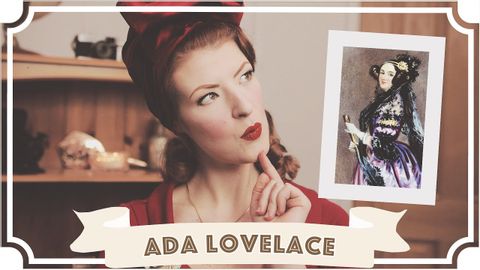
Subtitles & vocabulary
The First Computer Programmer Was a Woman // Ada Lovelace // Ad [CC]
00
林宜悉 posted on 2020/04/06Save
Video vocabulary
struggle
US /ˈstrʌɡəl/
・
UK /'strʌɡl/
- Verb (Transitive/Intransitive)
- To try very hard to do something difficult
- To fight or struggle violently
- Noun (Countable/Uncountable)
- Strong efforts made to do something difficult
- A difficult or challenging situation or task
A2
More experience
US /ɪkˈspɪriəns/
・
UK /ɪk'spɪərɪəns/
- Countable Noun
- Thing a person has done or that happened to them
- An event at which you learned something
- Noun (Countable/Uncountable)
- Knowledge gained by living life, doing new things
- Previous work in a particular field.
A1TOEIC
More extreme
US /ɪkˈstrim/
・
UK /ɪk'stri:m/
- Adjective
- Very great in degree
- Farthest from a center
- Noun
- Effort that is thought more than is necessary
- The furthest point or limit of something.
B1
More Use Energy
Unlock All Vocabulary
Unlock pronunciation, explanations, and filters
